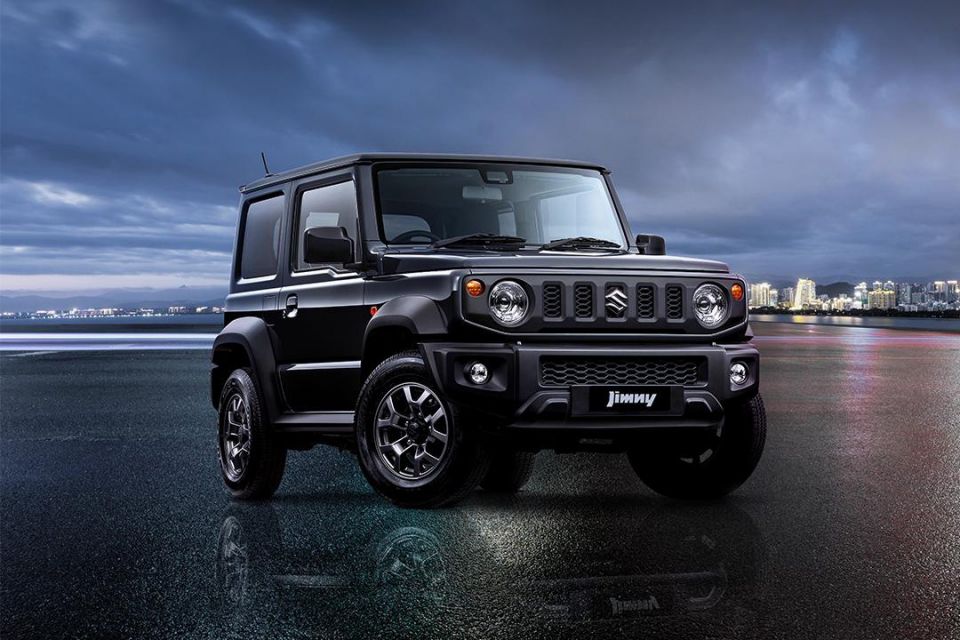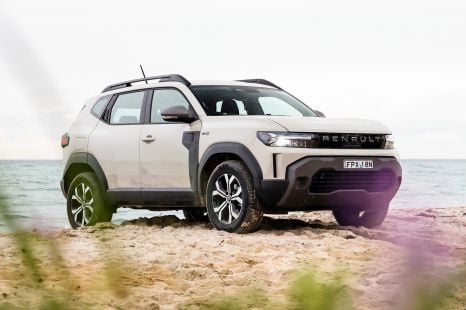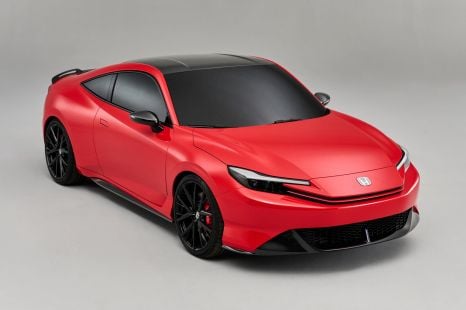

Angus MacKenzie
2026 Aston Martin Valhalla review: Prototype drive
4 Days Ago

Senior Contributor
Suzuki Australia is confident it will start securing better and more consistent supply of its Japan-sourced models – namely the Swift, Jimny and Ignis.
The Jimny just broke its all-time monthly delivery record but wait times remain a major factor, while sales of the Swift have been held back by limited stock for some time. The Ignis is growing in popularity, but there’s still upside for what is the market’s tiniest crossover.
With Suzuki’s Hungarian-made cars (Vitara and S-Cross) in continually short supply, and the big-selling Indian-made Baleno now discontinued, the company needed to shore up imports from its home base to ensure continued growth.

“The beautiful thing is because of the success we’ve had in the Australian market and the relationships we’ve got with Suzuki Japan in regards to trusting us, they’ve basically said [yes],” Suzuki Australia general manager Michael Pachota said when asked if more supply was coming.
“… Because of our sales success with [the now-axed] Baleno as well, we said there’s an opportunity here and you need to help us – especially with the up and down of what we’ve got from the Hungarian products – to get more Japanese products.
“They’ve come to that party, so expect in the next six- to eight months to see a huge increase in Japanese products coming to Australia, and that doesn’t stop with the Swift.”

The Swift in particular has a huge job ahead of it. In 2022 it’s managed 2889 deliveries (down 9.7 per cent) and 10 per cent market share in its segment.
But the retired Baleno managed 18.5 per cent share over the period, and moving forward Suzuki needs make up the shortfall its demise will create by bolstering Swift sales – or risk watering down its strong presence in the B-segment.
Despite some supply snags, Suzuki Australia sales are up a healthy 28 per cent this calendar year to 15,182 units, entirely down to more Jimny deliveries coming on stream and the success of the runout Baleno: YTD it’s number-two in its segment behind the MG 3, but the tap is running dry.
The company says it’s on track for an all-time sales tally in Australia over the Japanese financial year (April 1 to March 31).

Where expert car reviews meet expert car buying – CarExpert gives you trusted advice, personalised service and real savings on your next new car.


Angus MacKenzie
4 Days Ago


Paul Maric
3 Days Ago


Max Davies
3 Days Ago


James Wong
2 Days Ago


Shane O'Donoghue
1 Day Ago


Damion Smy
1 Day Ago